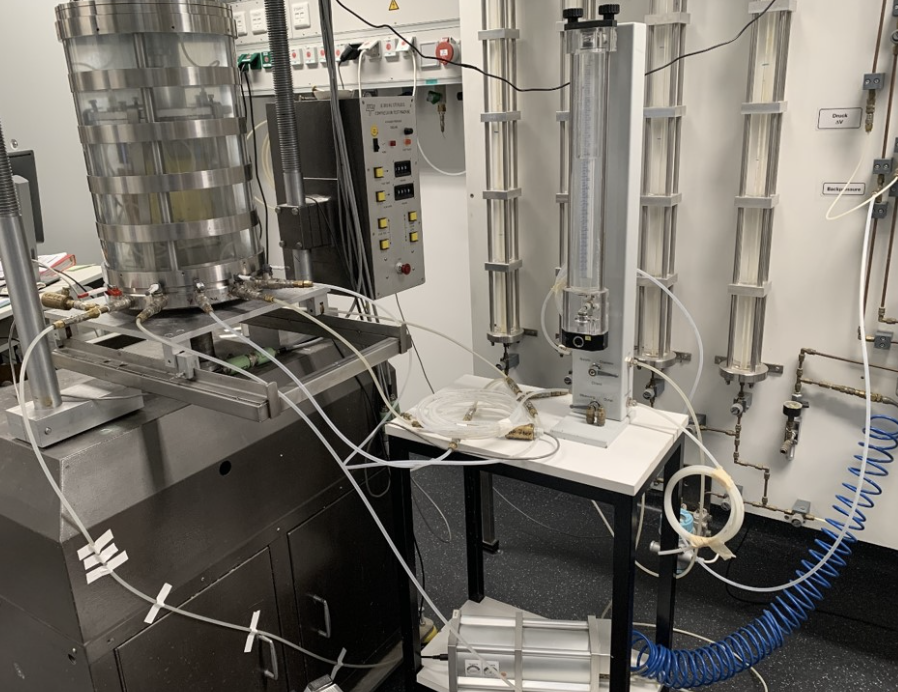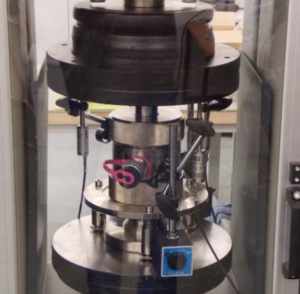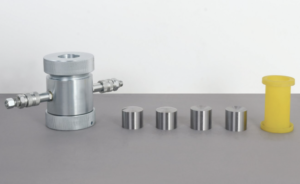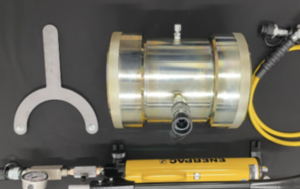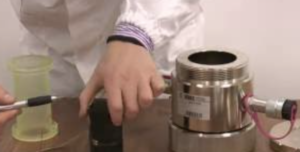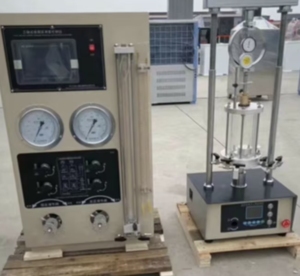How to Optimize Geotechnical Designs with Triaxial Testing?
In geotechnical engineering, success begins with understanding the ground. Whether you’re building a bridge, tunnel, or retaining wall, triaxial testing is one of the most reliable tools for assessing soil behavior under stress. This powerful lab test offers critical strength and deformation data that can drastically improve the accuracy and safety of your designs. In this article, we’ll explore how to use triaxial testing to optimize geotechnical designs, from theory to real-world application.
Understanding the Purpose of Triaxial Testing
Triaxial testing evaluates how soil responds to simulated in-situ loading conditions1—allowing engineers to predict how soil will behave under structures, slopes, or excavations.
Why It Matters:
- Measures shear strength, stiffness, and deformation properties.
- Simulates drained and undrained conditions2—key for short-term vs. long-term stability.
- Helps determine cohesion (c), friction angle (φ), and modulus of elasticity.
Triaxial testing provides more realistic and comprehensive soil data3 than simpler methods like the direct shear test. It’s the foundation for performance-based designs that prioritize safety, efficiency, and cost-effectiveness.
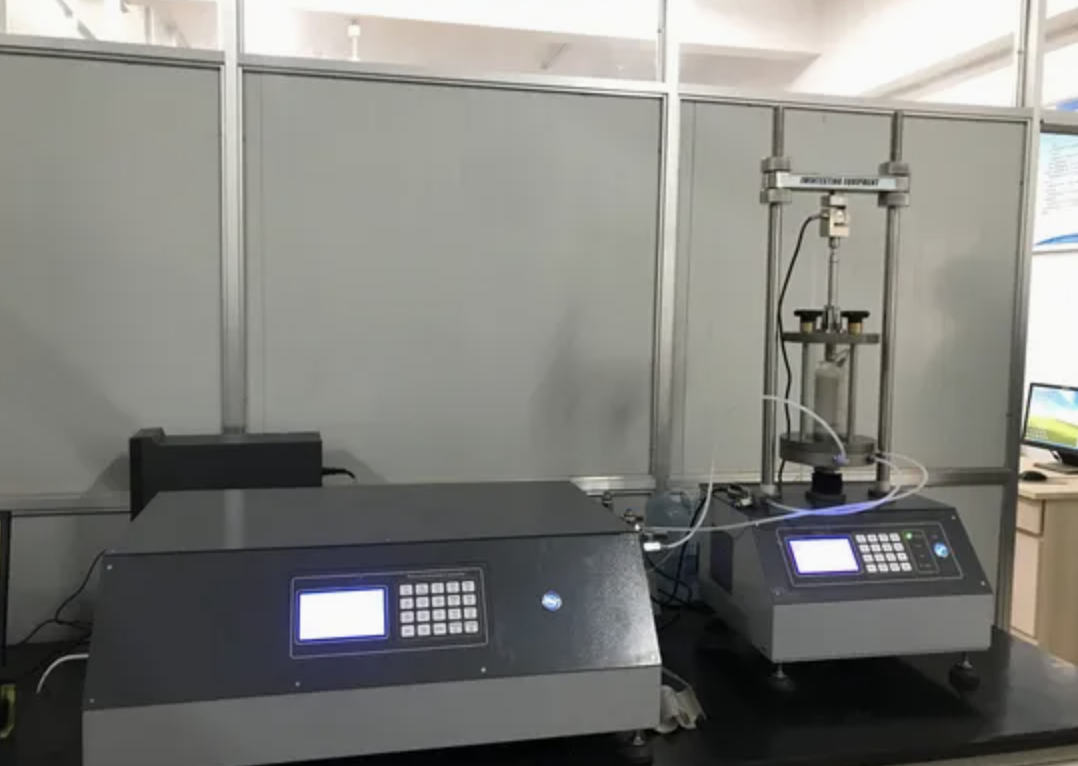
Choosing the Right Test Type for Your Design
There are three standard triaxial test types, each suited for specific design conditions. Choosing the right one depends on the soil type, project timeline, and loading scenario.
Types of Triaxial Tests:
| Test Type | Description | Best Used For |
|---|---|---|
| UU (Unconsolidated Undrained) | No drainage allowed | Short-term undrained loading in clays |
| CU (Consolidated Undrained) | Drain before shearing, no drainage during shear | Embankments, excavations, foundations |
| CD (Consolidated Drained) | Full drainage allowed | Long-term loading, granular soil behavior |
Quick Guide:
- Need fast, conservative estimates? Use UU for quick decisions on cohesive soils.
- Analyzing long-term stability4? Use CD for embankments or retaining walls.
- Concerned about pore pressure? Use CU with pore pressure measurement5 for effective stress paths.
By selecting the appropriate test, you align lab conditions with actual field performance6, leading to more dependable design outcomes.
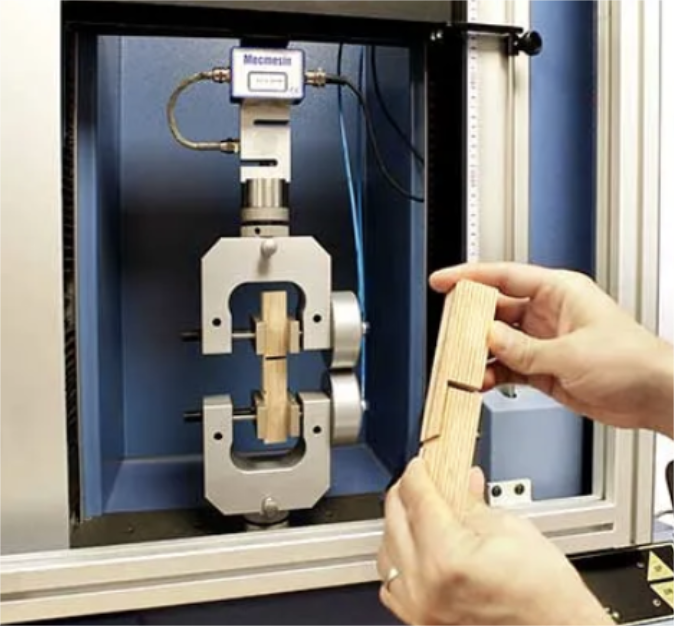
Optimizing Parameters for Reliable Results
To ensure triaxial test data is useful for design, accuracy in test preparation, execution, and interpretation7 is essential.
Key Factors to Optimize:
-
Sample Quality
- Undisturbed samples yield more reliable results.
- Maintain standard dimensions (e.g., 38 mm × 76 mm for standard tests).
-
- Proper saturation (B-value > 0.95) ensures accurate pore pressure behavior.
- Consolidate samples fully for CU and CD tests.
-
Shear Rate
- Use appropriate strain rates to avoid drainage errors.
- Typically between 0.1–1% strain per minute.
-
- Load cells, LVDTs, and pressure transducers must be checked before each test.
Sample Setup Checklist
| Step | Standard | Impact |
|---|---|---|
| Sample trimming | ±0.5 mm tolerance | Avoids stress concentration |
| Membrane thickness | 0.3–0.5 mm latex | Ensures flexibility without leakage |
| Saturation verification | B-value ≥ 0.95 | Validates effective stress data |
By fine-tuning these parameters, engineers gain high-quality data that translates confidently into field conditions.

Applying Results to Real-World Designs
Triaxial test results are more than just numbers—they are the foundation of geotechnical design decisions. Here’s how the data supports design processes:
Design Applications:
-
Foundations
- Use φ and c to calculate bearing capacity.
- Evaluate settlement potential using modulus from stress-strain curves.
-
Slopes and Embankments
- Incorporate shear strength into stability analysis (limit equilibrium or FEM).
- Simulate drained and undrained conditions for short- and long-term behavior.
-
Retaining Structures
- Use effective stress parameters to estimate active and passive earth pressures.
- Model wall-soil interaction in design software.
Example: Application in Slope Stability
| Parameter | Value (from CU Test) | Design Use |
|---|---|---|
| Cohesion (c) | 22 kPa | Mohr-Coulomb shear strength model |
| Friction Angle (φ) | 28° | Slope stability analysis (FOS) |
| Undrained Strength (Su) | 55 kPa | Short-term slip analysis |
Designs that incorporate triaxial data tend to show higher safety margins, reduced overdesign, and greater cost efficiency over the project lifecycle.
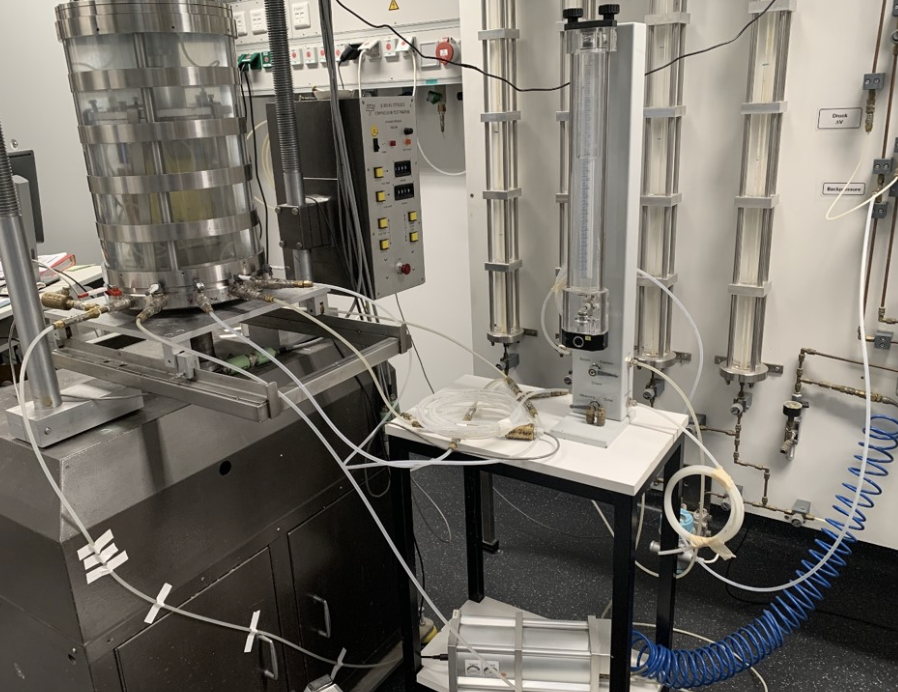
Conclusion
Triaxial testing isn’t just a lab exercise—it’s a strategic tool for optimizing geotechnical designs. By selecting the right test, running it with care, and applying results thoughtfully, engineers can ensure their designs are stronger, safer, and more aligned with real-world conditions. Whether you’re working on slopes, foundations, or retaining walls, triaxial testing bridges the gap between soil behavior theory and engineering practice.
-
Understanding simulated in-situ loading conditions is crucial for predicting soil behavior under various structural loads. Explore this link for detailed insights. ↩
-
Grasping the difference between drained and undrained conditions is vital for assessing soil stability. Check this resource for a comprehensive explanation. ↩
-
Accessing realistic soil data is essential for effective engineering designs. This link will provide valuable information on its significance. ↩
-
Exploring long-term stability analysis methods can enhance your understanding of how structures perform over time, ensuring safety and reliability. ↩
-
Learning about pore pressure measurement can significantly improve your ability to assess soil behavior under various conditions, leading to more effective designs. ↩
-
Understanding actual field performance is crucial for ensuring that lab tests align with real-world conditions, leading to better design outcomes. ↩
-
Understanding these practices is crucial for obtaining reliable triaxial test results, which are vital for effective design. ↩
-
Exploring this topic will provide insights into the importance of proper sample treatment for accurate test outcomes. ↩
-
Learn about the significance of calibration to ensure the accuracy and reliability of test measurements. ↩

